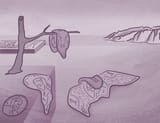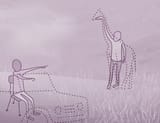
High fives all around—you’ve just launched another website. It’s truly cathartic when a team’s work fulfills the goals and objectives of a project. But as the project lead, if someone asked, “How much profit did your team generate?”, would you know the answer?
Ideally, you would, because you’ve been keeping track of your costs over the past months. Evaluating project profitability as your project progresses enables you to monitor hours used and assess the efficiency of your project process so you can make strategic adjustments.
If you haven’t been tracking costs incrementally, it’s not too late to make sense of the numbers. Determining project profitability in a digital agency, or really any service-based business, comes down to understanding your costs. Let’s break down one way to determine profitability for a project team, based on time-tracking data.









